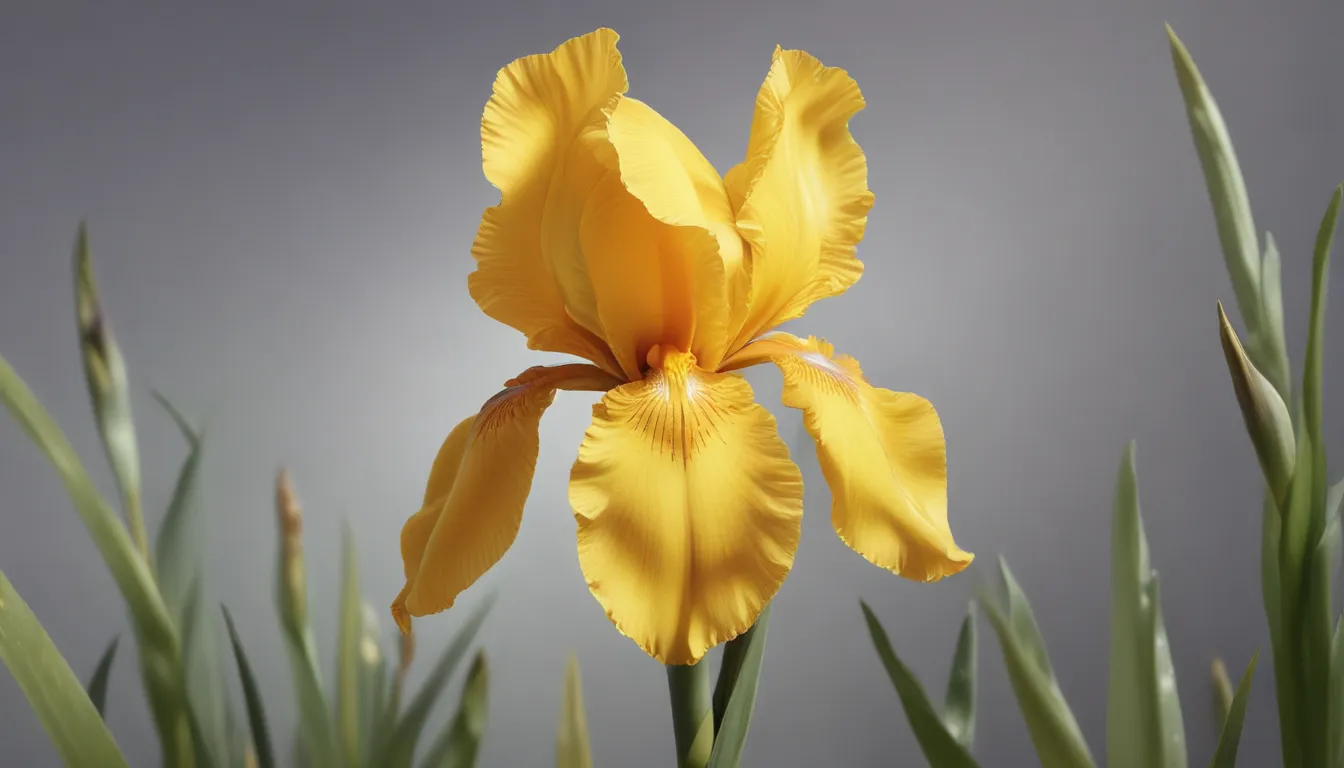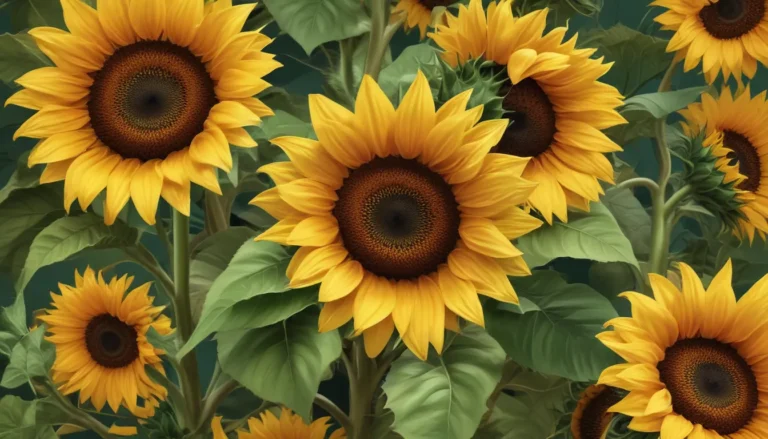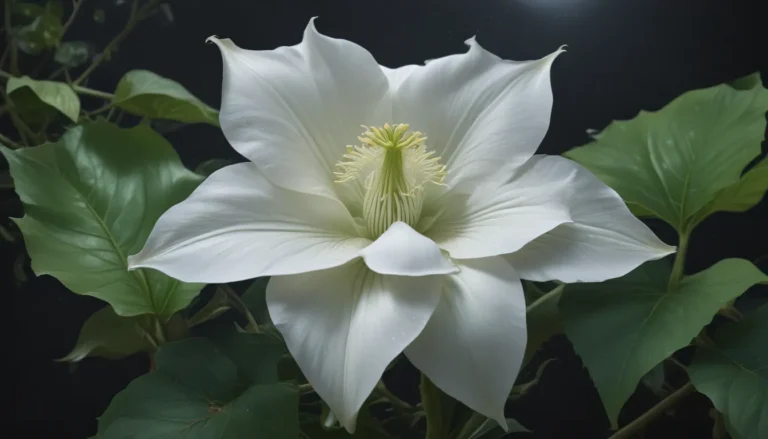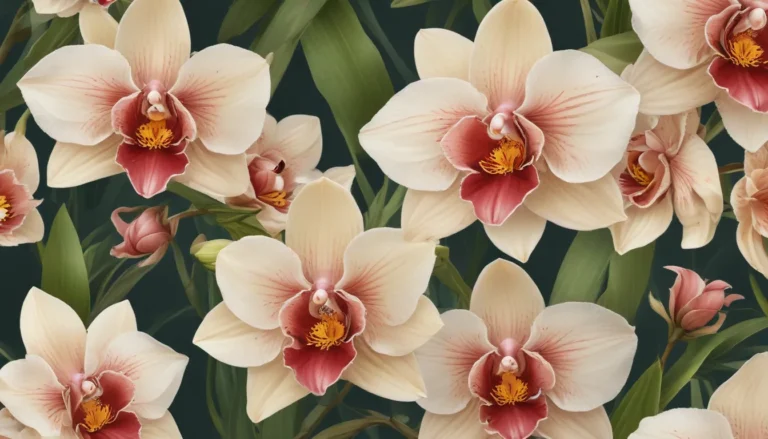The pictures we use in our articles might not show exactly what the words say. We choose these pictures to make you interested in reading more. The pictures work together with the words but don’t take their place. The words still tell you the important facts.
Are you ready to embark on a journey through the enchanting world of the Yellow Flag Iris? This vibrant plant, scientifically known as Iris pseudacorus, has captured the hearts of gardeners, botanists, and nature enthusiasts with its striking yellow flowers and sword-shaped leaves. In this article, we will delve into 17 fascinating facts about the Yellow Flag Iris that will leave you amazed and inspired. From its historical uses to its ecological significance, this remarkable plant has a story that spans centuries. So, put on your gardening gloves, and let's uncover the mysteries of the Yellow Flag Iris together.
Discovering the Yellow Flag Iris
The Yellow Flag Iris, scientifically known as Iris pseudacorus, is a vibrant plant native to Europe, Western Asia, and North Africa. Its stunning yellow flowers and sword-shaped leaves make it a favorite among gardeners for its beauty and symbolism. While admired for its aesthetic appeal and historical significance, the Yellow Flag Iris can also pose challenges as an invasive species in certain regions. Conservation efforts are underway to protect native ecosystems from its rapid spread and maintain the balance of natural habitats.
Unveiling the Botanical Secrets
- Scientific Name: The Yellow Flag Iris is scientifically known as Iris pseudacorus, derived from the Greek word "iris," meaning rainbow, and "pseudacorus," meaning false acorus.
- Native Habitat: Indigenous to Europe, Western Asia, and North Africa, the Yellow Flag Iris thrives in wetland areas like marshes, swamps, and riverbanks.
- Striking Appearance: Characterized by its vibrant yellow flowers with three upright petals and sword-shaped leaves, the Yellow Flag Iris attracts pollinators like bees and butterflies with its intricate patterns and delicate fragrance.
- Historical Uses: Throughout history, the plant has been used in traditional medicine for its rhizomes' diuretic and laxative properties, as well as for treating skin conditions and eye infections.
Exploring Ecological Significance
- Soil Adaptability: The Yellow Flag Iris can grow in various soil types, including clay, loam, and sand, but thrives best in moist or wet soil conditions.
- Invasive Potential: In parts of North America and Australia, the plant has become invasive, outcompeting native species and disrupting ecosystems.
- Symbolism: Due to its affinity for wetland habitats, the Yellow Flag Iris is associated with water symbolism, representing purification, transformation, and renewal.
- Pollinator Attraction: Bees are attracted to the nectar produced by the Yellow Flag Iris flowers, aiding in pollination and reproduction.
- Dye Production: The plant's rhizomes contain a yellowish-orange dye used to color textiles naturally, adding vibrancy to fabrics.
Embracing Aesthetic Appeal
- Gardener's Favorite: With its stunning yellow flowers and graceful foliage, the Yellow Flag Iris is a popular choice among gardeners looking to add elegance to outdoor spaces.
- Ancient Symbolism: In Greek mythology, the plant was associated with Iris, the messenger of the gods, symbolizing the connection between heavens and Earth.
- Artistic Inspiration: The plant's beauty has inspired artists and poets throughout history, with its vibrant colors and graceful form depicted in various artworks and literary works.
Protecting Nature’s Balance
- Invasive Nature: The Yellow Flag Iris can spread rapidly through its rhizomes, making it challenging to control in certain environments.
- Toxicity Warning: While a beautiful plant, it contains harmful compounds that can cause gastrointestinal issues, skin irritation, and allergic reactions if ingested.
- Conservation Efforts: Environmental organizations are working to prevent the plant's spread and protect native ecosystems from its adverse effects.
Journey Through Nature’s Wonders
The Yellow Flag Iris is more than just a beautiful plant; it is a symbol of resilience, adaptability, and natural beauty. Whether you're a nature enthusiast or a curious explorer, the world of the Yellow Flag Iris offers a fascinating glimpse into the intricate balance of ecosystems and the wonders of botanical diversity. Join us on this botanical adventure, as we unravel the mysteries of the Yellow Flag Iris and celebrate the beauty of nature in all its forms.
Was this page helpful?
Our mission to provide engaging and reliable content is fueled by contributions from users like you. Each fact shared on our platform undergoes careful review by our dedicated editors to ensure accuracy and authenticity. By exploring with us, you're not just learning; you're also contributing to a wealth of diverse insights and knowledge. Trust in our commitment to quality as we journey together through the captivating world of nature's wonders.






